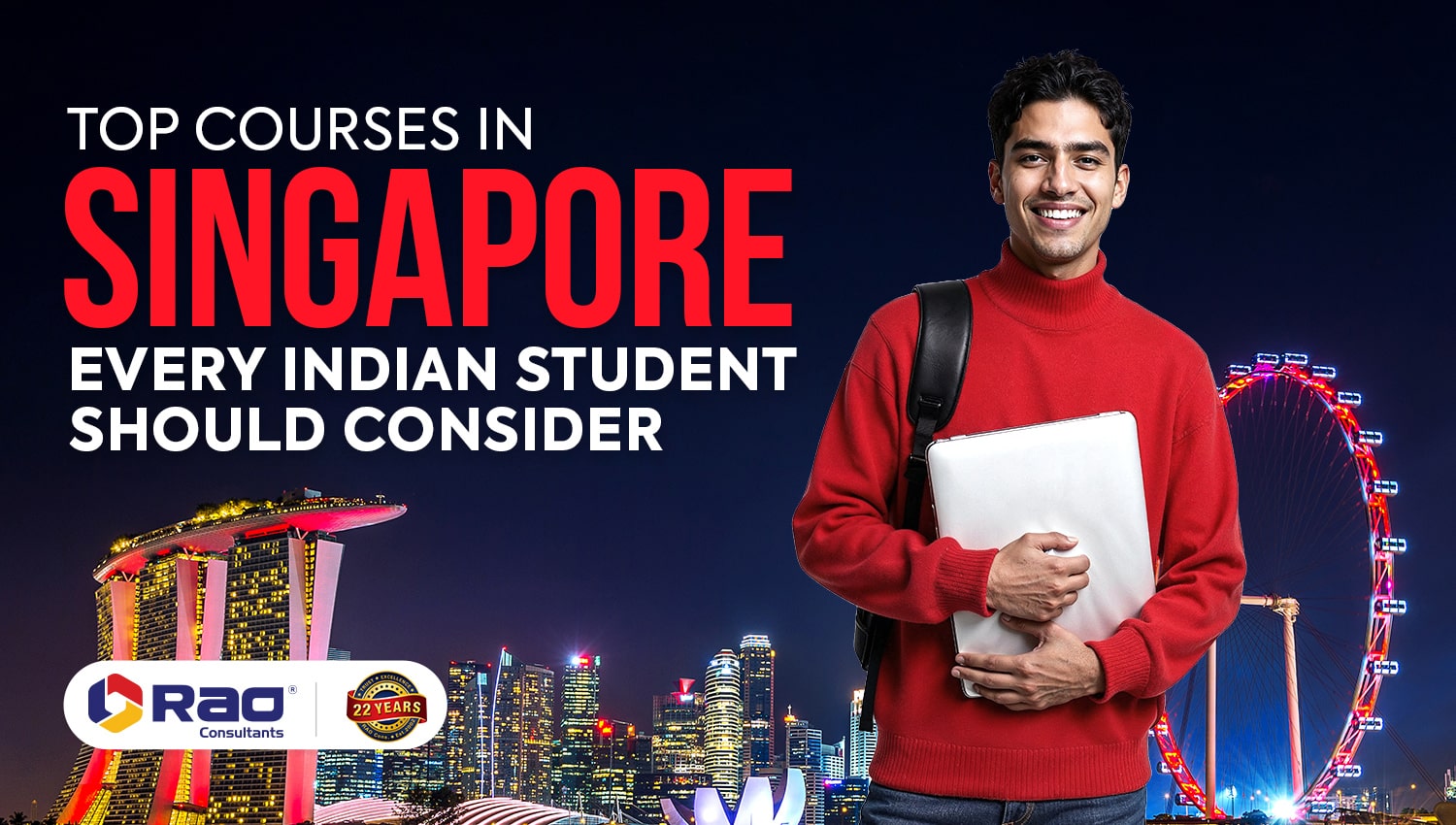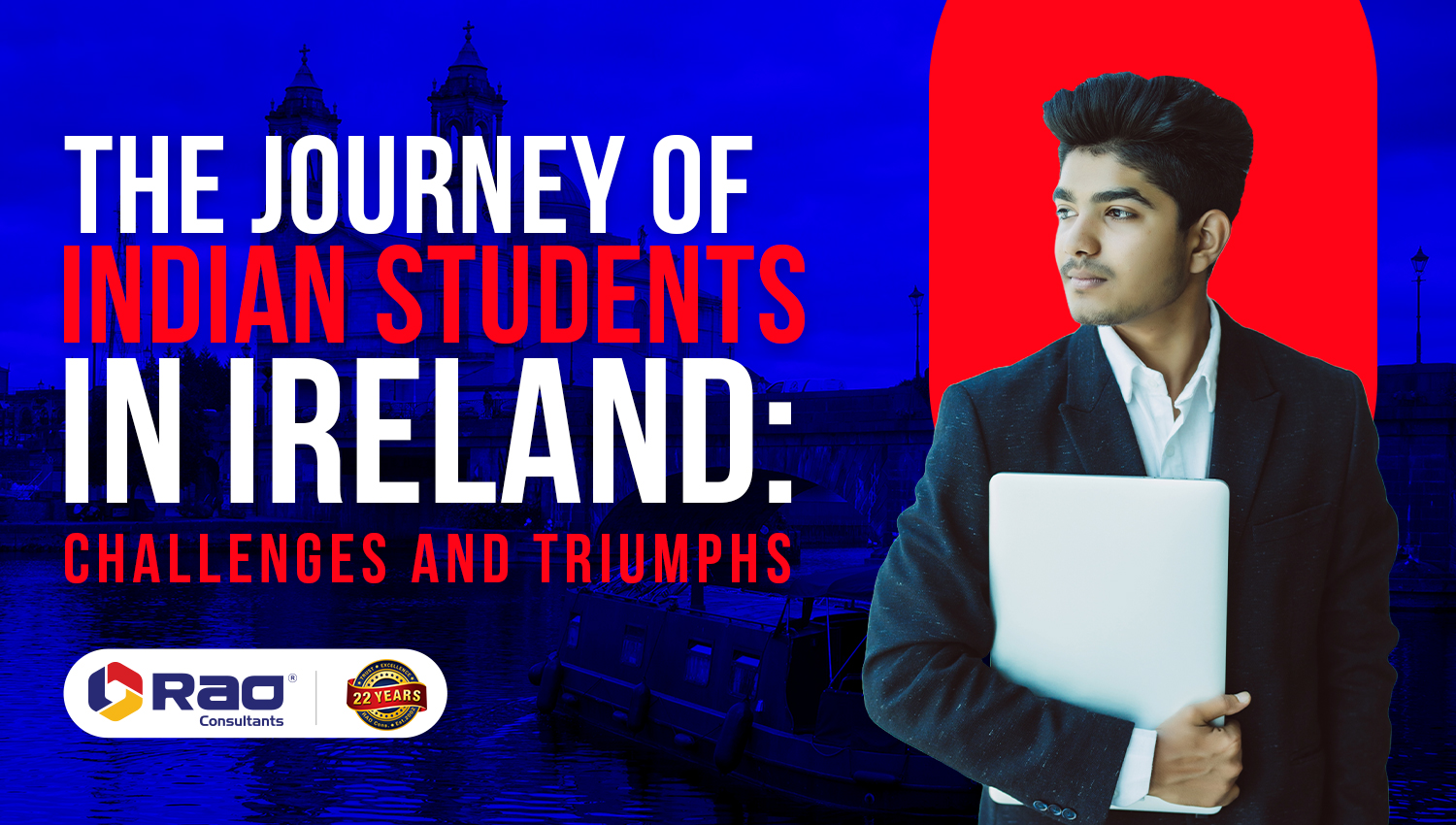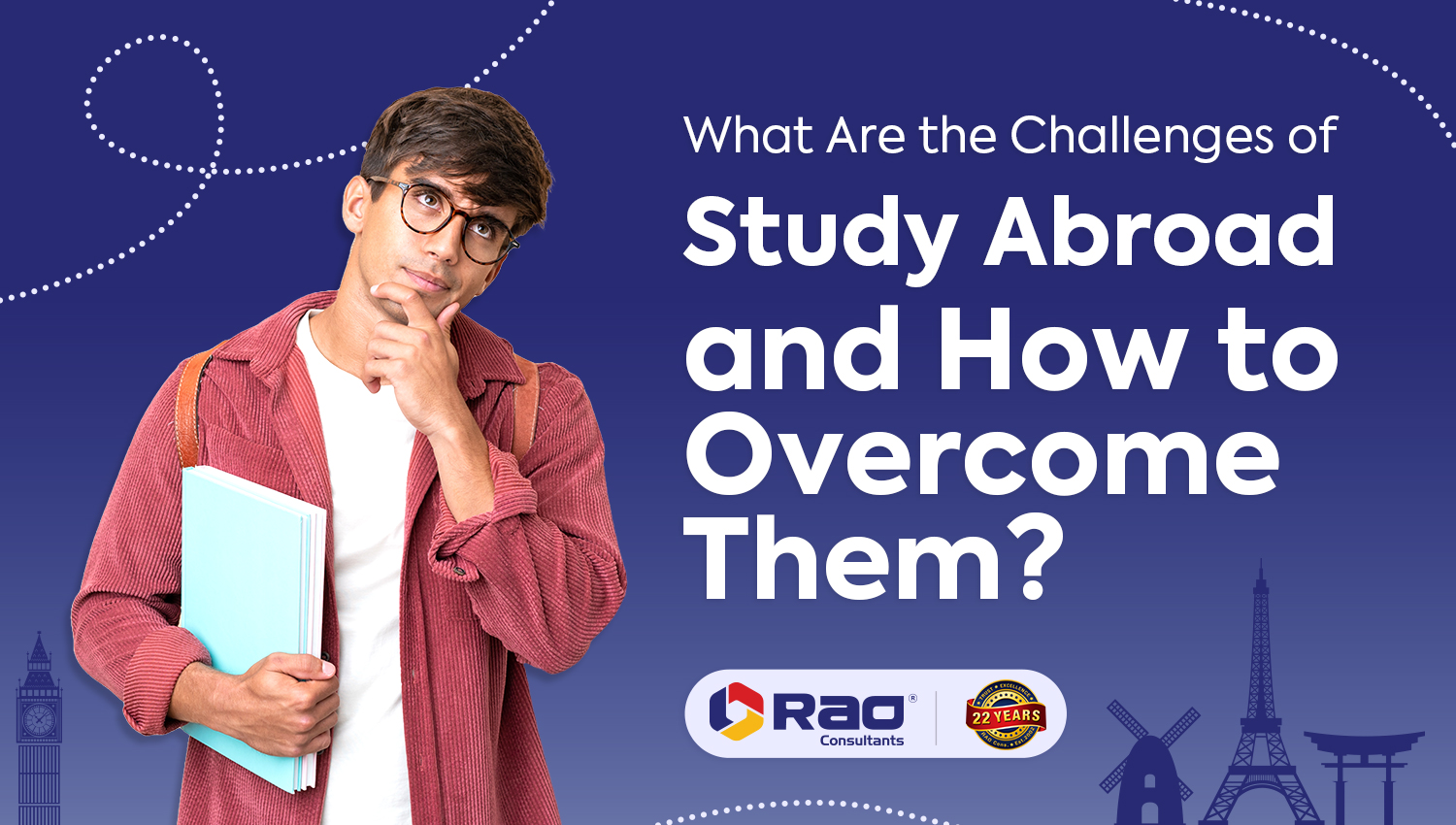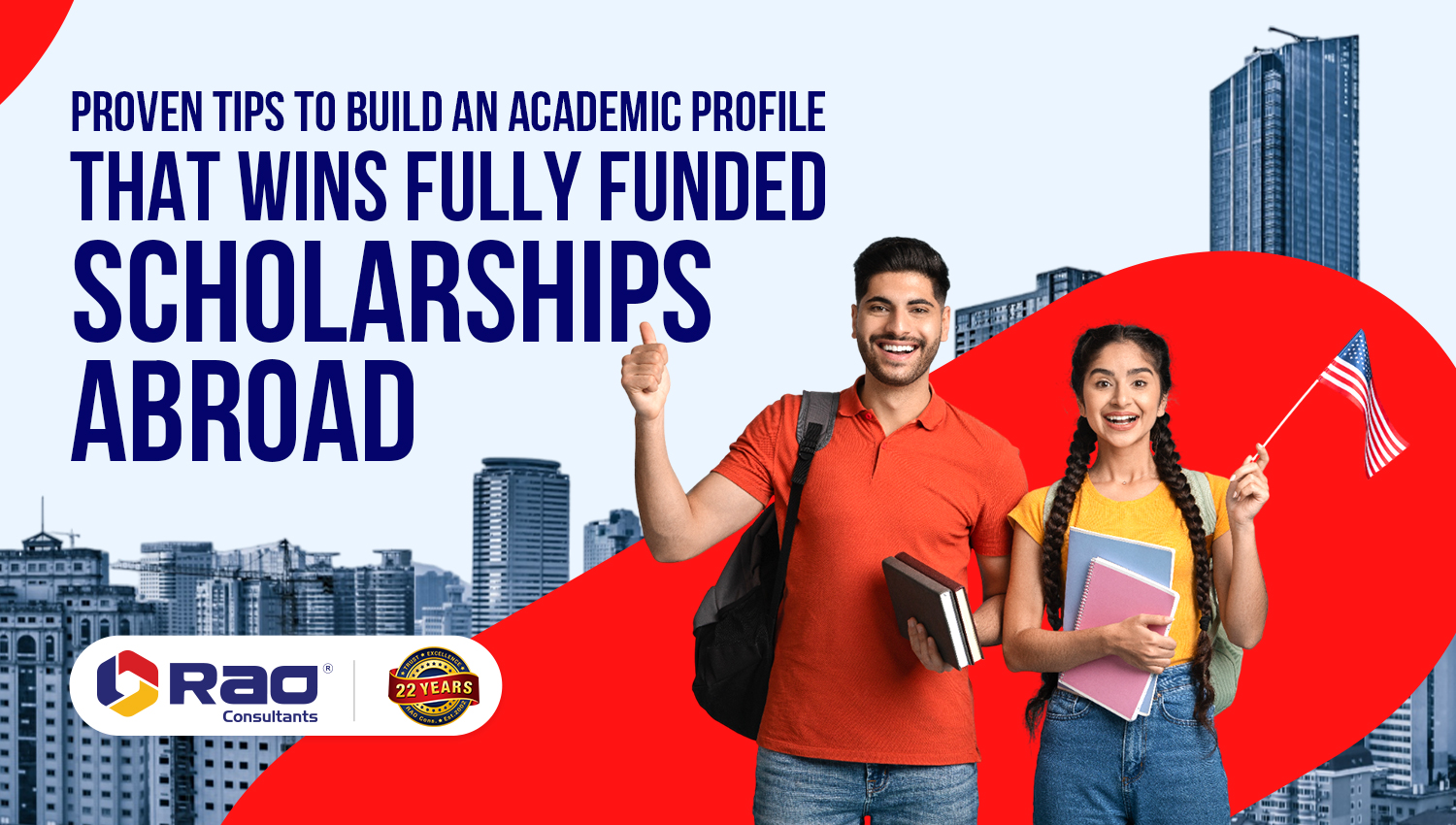![]()
Study abroad is a dream shared by many Indian students—but the rising cost of international education can often make that dream feel out of reach. Between hefty tuition fees, expensive living costs, and currency exchange challenges, many students and their families hesitate to take the plunge. But what if you could study in a country where quality education meets affordability?
This blog dives deep into the most budget-friendly countries for Indian students to study abroad, giving you clear insights into tuition fees, cost of living, why certain countries are more affordable, and how you can make a smart, economical decision without compromising on quality.
Why Are Tuition Fees Lower in Some Countries?
Before jumping into the list, it’s worth understanding why some countries offer a more budget-friendly experience for international students:
- Government-Subsidized Education: Many European and Nordic countries view education as a public good and heavily subsidize it, even for international students.
- Low-Cost Living Standards: Some countries naturally have a lower cost of living, which helps reduce the overall expense of studying abroad.
- Affordable Currency Conversion: Countries where the local currency is closer in value to the Indian Rupee make everyday living much more affordable for Indian students.
- Strong Public University Systems: Countries with robust public universities often provide world-class education at a fraction of the cost compared to private institutions in other nations.
Top Budget-Friendly Countries for Indian Students
Let’s now explore the countries that offer both affordability and academic excellence, along with their average tuition fees, living expenses, and key advantages.
1. Study in Germany
Why it’s budget-friendly: Tuition-free public universities
Language of instruction: English (for most Master’s programs), German (for some undergraduate programs)
Cost Breakdown:
|
Factor |
Details |
|
Tuition Fees |
Bachelors: ₹10 Lakh – ₹20 Lakh per year
Masters: ₹35 Lakh – ₹37 Lakh per year |
|
Living Expenses |
₹7 Lakh – ₹11 Lakh per year |
|
Scholarships |
The German Academic Exchange Service (DAAD) offers scholarships providing up to 100,000 per month for non-EU students, along with health insurance and other allowances. |
|
Job Opportunities |
Germany has a strong job market for international students, especially in STEM fields. While German language proficiency is beneficial, many tech companies offer roles in English. |
|
Top Universities |
|
Why Indian love to Study in Germany:
- World-class education in engineering, IT, and business
- Numerous English-taught programs
- 18-month post-study work visa
- Strong job market for skilled graduates
Challenge: Basic German language proficiency is often needed for day-to-day life and part-time jobs.
2. Study in Norway
Why it’s budget-friendly: No tuition fees for all students, regardless of nationality
Language of instruction: Mostly English at the postgraduate level
| Factor | Details |
| Tuition Fees | Bachelors: ₹6.3 Lakh – ₹9.1 Lakh per year
Masters: ₹9.1 Lakh – ₹17.2 Lakh per year |
| Living Expenses | ₹8 Lakh – ₹11 Lakh per year |
| Scholarships | Various scholarships are available for Indian students, including the Education Future International Scholarship and the ERCIM Alain Bensoussan Fellowship Program. |
| Job Opportunities | Part-time jobs are available for international students, offering hourly wages of NOK 150–200. |
| Top Universities |
|
Highlights:
- High-quality education and research
- Safe, clean, and scenic living environment
- Strong emphasis on innovation and critical thinking
Challenge: Norway’s cost of living is among the highest in Europe, so budgeting is key.
3. Study in Poland
Why it’s budget-friendly: Low tuition and cost of living to Study in Poland.
Language of instruction: English
| Factor | Details |
| Tuition Fees | Bachelors: ₹20 Lakh – ₹23 Lakh per year
Masters: ₹9.1 Lakh – ₹17.2 Lakh per year |
| Living Expenses | ₹4 Lakh – ₹6 Lakh per year |
| Scholarships | There are over 84 scholarships available for Indian students, including the Education Future International Scholarship and the Royal Society International Exchange Programme. |
| Job Opportunities | Poland offers numerous part-time job opportunities for international students, with 163 listings available as of May 2025. |
| Top Universities |
|
Why Consider Poland?
- Rich academic tradition and vibrant student cities
- Affordable student housing
- Growing economy and job market
Challenge: Less global recognition compared to Germany or UK, but rapidly improving.
4. Study in France
Why it’s budget-friendly: Heavily subsidized public university fees
Language of instruction: English and French
|
Factor |
Details |
|
Tuition Fees |
Bachelors: ₹2.5 Lakh – ₹8.5 Lakh per year
Masters: ₹9 Lakh – ₹15 Lakh per year |
|
Living Expenses |
₹6 Lakh – ₹9 Lakh per year |
|
Scholarships |
The Eiffel Excellence Scholarship Program offers substantial financial support to international students. |
|
Job Opportunities |
International students can work up to 964 hours per year (approximately 20 hours per week) during their studies. |
|
Top Universities |
|
Pros:
- Excellent business, arts, and culinary programs
- Access to scholarships like Eiffel Excellence
- Cultural richness and student discounts on transport, food, etc.
Challenge: Learning basic French is essential for integration and part-time work.
5. Study in Mexico
Why it’s budget-friendly: Low tuition and living expenses
Language of instruction: Mostly Spanish, with some English programs
|
Factor |
Details |
|
Tuition Fees |
Bachelors: ₹20 Lakh – ₹23 Lakh per year
Masters: ₹9.1 Lakh – ₹17.2 Lakh per year |
|
Living Expenses |
₹2.6 Lakh – ₹4.3 Lakh per year |
|
Scholarships |
The Mexican government offers scholarships to international students through programs like the Mexican Government Scholarship Program for International Students. |
|
Job Opportunities |
International students can work part-time, but opportunities may be limited and require Spanish proficiency. |
|
Top Universities |
|
Benefits for Indian Students:
- Affordable lifestyle with vibrant culture
- Emerging academic institutions
- Opportunity to learn a new language
Challenge: Limited English-medium programs compared to Europe.
6. Study in Hungary
Why it’s budget-friendly: Government scholarships (Stipendium Hungaricum)
Language of instruction: English
| Factor | Details |
| Tuition Fees | Bachelors: ₹20 Lakh – ₹23 Lakh per year
Masters: ₹9.1 Lakh – ₹17.2 Lakh per year |
| Living Expenses | ₹3.5 Lakh – ₹5.3 Lakh per year |
| Scholarships | The Stipendium Hungaricum Scholarship Program offers full scholarships covering tuition, accommodation, and a monthly stipend. |
| Job Opportunities | International students can work part-time for up to 24 hours per week during the academic year and full-time during holidays. |
| Top Universities |
|
Advantages:
- Safe, student-friendly cities like Budapest
- Centrally located in Europe for travel
- Generous scholarships for Indian students
Challenge: Fewer job opportunities post-study compared to Germany or France.
7. Study in Czech Republic
Why it’s budget-friendly: Free tuition in public universities if you study in Czech; low fees for English programs
Language of Instruction: Czech and English
| Factor | Details |
| Tuition Fees | Bachelors: ₹20 Lakh – ₹23 Lakh per year
Masters: ₹9.1 Lakh – ₹17.2 Lakh per year |
| Living Expenses | ₹3.5 Lakh – ₹5.3 Lakh per year |
| Scholarships | The Czech government offers scholarships for international students, including the Czech Republic Government Scholarship. |
| Job Opportunities | International students can work part-time during their studies, but knowledge of Czech may be required for certain jobs. |
| Top Universities |
|
What Makes It Ideal:
- Prague is among the most affordable capital cities in Europe
- Well-ranked universities
- Excellent public transportation and healthcare
Challenge: You may need to learn basic Czech for social integration.
8. Study in Taiwan
Why it’s budget-friendly: Affordable tuition and low cost of living
Language of instruction: English and Mandarin
|
Factor |
Details |
|
Tuition Fees |
Bachelors: ₹20 Lakh – ₹23 Lakh per year Masters: ₹9.1 Lakh – ₹17.2 Lakh per year |
| Living Expenses |
₹2.5 Lakh – ₹4 Lakh per year |
|
Scholarships |
The Taiwan Scholarship Program offers full scholarships covering tuition and a monthly stipend for international students. |
| Job Opportunities |
International students can work part-time for up to 20 hours per week during the academic year. |
| Top Universities |
|
Why It Stands Out:
- Technological innovation hub
- Friendly toward international students
- Scholarships for Indian students
Challenge: Language barrier in daily life, unless you learn basic Mandarin.
Quick Comparison Table: Most Budget-Friendly Countries
|
Country |
Tuition (₹/year) | Living Cost (₹/year) | Language |
Scholarship Options |
|
Germany |
0 – 1.3 lakh | ₹7 – ₹11 lakh | English/German | DAAD |
| Norway | 5 Lakh | ₹8 – ₹11 lakh | English/Norwegian |
Quota Scheme |
|
Poland |
1.7 – 3.5 lakh | ₹4 – ₹6 lakh | English | NAWA |
| France | 2.4 – 3.3 lakh | ₹6 – ₹9 lakh | English/French |
Eiffel |
|
Mexico |
1.7 – 3.4 lakh | ₹2.6 – ₹4.3 lakh | Spanish | CONACYT |
| Hungary | 1.3 – 2.6 lakh | ₹3.5 – ₹5.3 lakh | English |
Stipendium Hungaricum |
|
Czech Republic |
1.7 – 3 lakh | ₹3.5 – ₹5.3 lakh | English/Czech | Government grants |
| Taiwan | 1.2 – 2.5 lakh | ₹2.5 – ₹4 lakh | English/Mandarin |
MOE Taiwan |
Average Tuition Fees: Bachelors and Masters
|
Country |
Avg. Bachelors Tuition (₹/year) |
Avg. Masters Tuition (₹/year) |
|
Germany |
0 – 1.3 lakh | 0 – 1.5 lakh |
| Norway | 5 Lakh |
5 Lakh – 15 Lakh |
|
Poland |
1.7 – 3.5 lakh | 2.2 – 4 lakh |
| France | 2.4 lakh |
3.3 lakh |
|
Mexico |
1.7 – 3 lakh | 2 – 3.5 lakh |
| Hungary | 1.3 – 2.2 lakh |
1.8 – 2.6 lakh |
|
Czech Republic |
1.7 – 3 lakh | 2.2 – 3.5 lakh |
| Taiwan | 1.2 – 2 lakh |
2 – 2.5 lakh |
Tips to Save More While Study Abroad
- Apply early for scholarships and grants—many are country- or program-specific.
- Opt for student housing over private rentals.
- Cook your meals instead of eating out daily.
- Choose cities over capitals—they’re often much cheaper.
- Use student discounts for transport, entertainment, and software.
Conclusion,
Affordability doesn’t have to mean compromise. With the right planning and research, Indian students can study abroad in some of the world’s top destinations without burning a hole in their pocket. Countries like Germany, Poland, and Hungary offer the perfect balance of quality education and cost-effectiveness. Whether you’re pursuing a degree in engineering, business, or arts—there’s a budget-friendly destination for you out there.
Choosing the right country is not just about saving money—it’s about investing wisely in your future.









